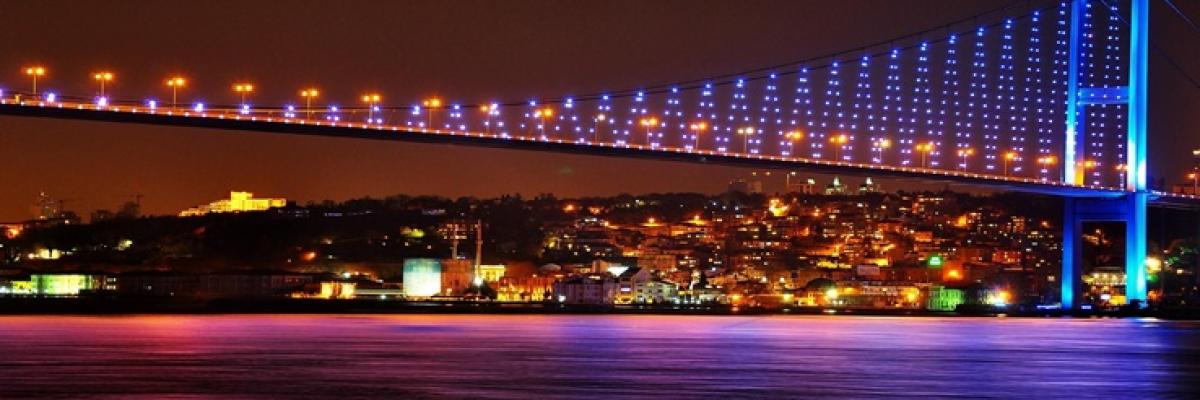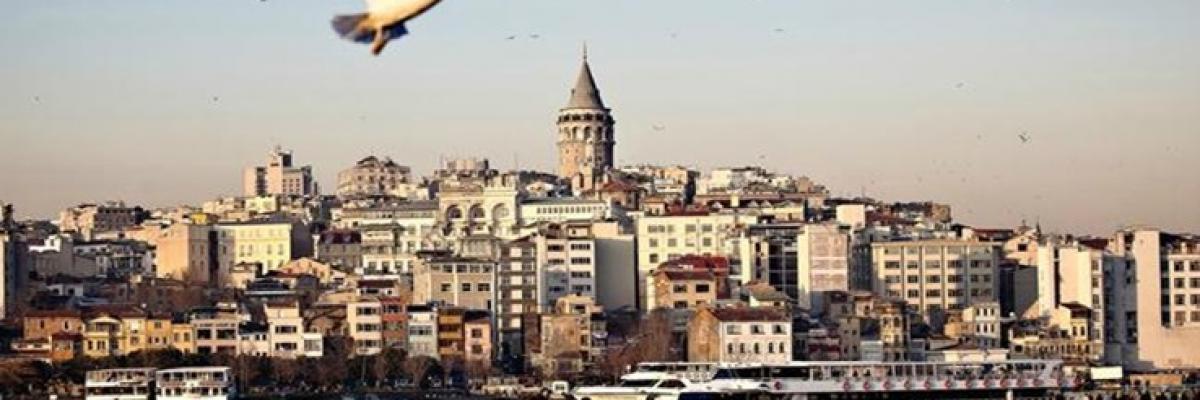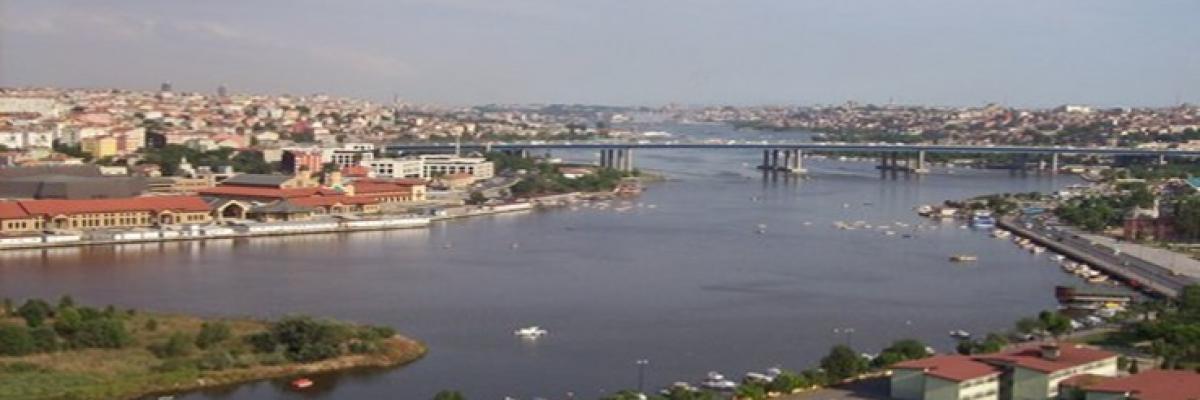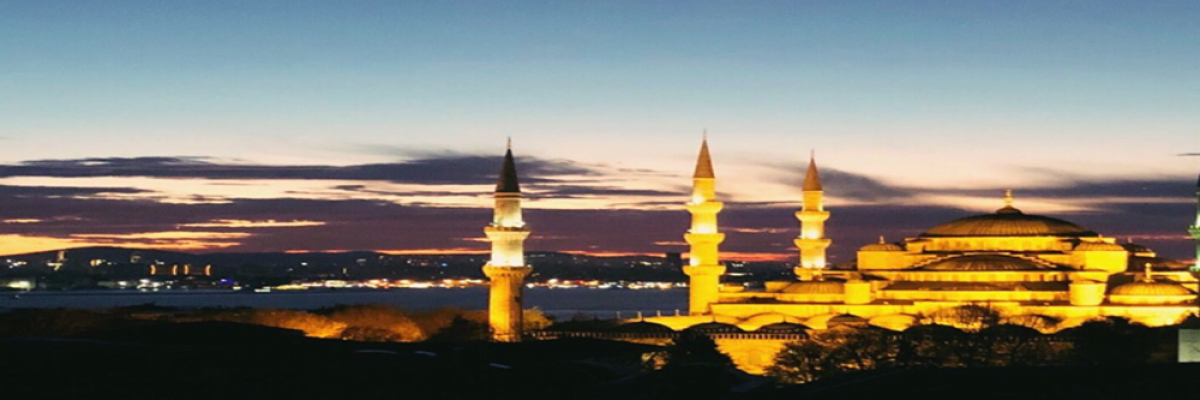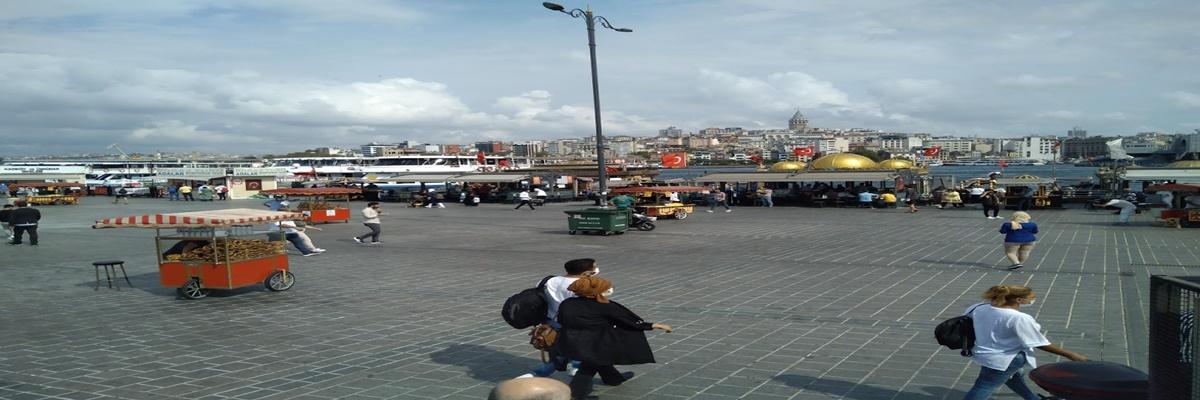Places As Old As Historical İstanbul
PLACES AS OLD AS HISTORICAL ISTANBUL
Every district of Istanbul adds a different beauty to this city… However, there are some districts whose history is as old and important as Istanbul. For those who wonder, we have brought these districts together in our list.

BURNT COLUMN
The Byzantine emperor Constantine had the 57-meter-long column, known today as Çemberlitaş, removed from the Temple of Apollo in Rome and erected it to its present location in Istanbul. The column, which was damaged by fires and natural disasters in the intervening years, was surrounded by circles in order to strengthen it during the reign of Sultan Mustafa II and was therefore known as Çemberlitaş. Çemberlitaş district located in Fatih district today; It contains many places that attract the attention of tourists, such as Nuruosmaniye Mosque, Çorlulu Ali Pasha Madrasa, Çemberlitaş Bath.

EMİNÖNÜ
Eminönü, one of the most beautiful districts in Istanbul to eat fish and bread, is located in the Historical Peninsula. Eminönü, where administrative units were located during the Byzantine and Ottoman periods, is also the district where Byzantium, one of the first settlements in Istanbul, was founded. The district, which takes its name from the customs security of this location during the Ottoman period, hosts venues such as Gülhane Park, Yeni Mosque, Egyptian Bazaar and Hünkar Kasrı that host thousands of visitors every day.

BAKIRKOY
Bakirkoy, which dates back to the Bronze Age, was used as an entertainment place by Constantine in 384 A.D. on the western side of Istanbul. The district, which was one of the important centers of the region in the Ottoman period, was known as Makrohori and Makriköy until the Republic period.

BEBEK
Bebek district, which was a simple Greek fishing village during the Byzantine period, has become one of the most beautiful districts of Istanbul with its historical mansions and buildings. Fatih Sultan Mehmet appointed a company named Bebek Çelebi here to maintain order during the construction and siege of the Rumeli Fortress, and the district took its name from here.

BEŞİKTAŞ
Beside its historical buildings and natural beauties, Beşiktaş district, which is visited by thousands of people every day with its central location, was used as the summer residence of the emperors during the Byzantine period. Beşiktaş gained its identity as a residential area during the Ottoman period. The district, known as Beştaş due to the five stone columns that Captain-ı Derya Barbaros Hayreddin Pasha had erected on the shore to tie his ships, took the current name Beşiktaş over time.

BEYAZIT
One of the most important political and historical places of Istanbul is Beyazıt district. It was built by Emperor Teodosius in 393 A.D. as the city's largest square. Beyazıt Square, one of the main transportation hubs of the city, is a place that has witnessed many historical events. The historical square, which had a political importance in the Ottoman period, continued this importance in the cultural field in the Republic period. Istanbul University, which is considered as one of the best and most established universities in the world, Süleymaniye Mosque, the journeyman work of Mimar Sinan, Sahaflar Bazaar and the Grand Bazaar, which is frequented by tourists, are important historical buildings of the district.

BEYOĞLU
Today, Beyoğlu is a cultural center with its museums, Taksim Square, İstiklal Street and historical streets. During the Byzantine period, Pera part was an important trade center where Venice and Genoese lived. Unfortunately, Pera also got its share from the Crusaders' invasion and looting of Istanbul in the 11th century. After the conquest of Istanbul, the district developed again as an art and trade center. Its name is thought to come from the fact that Suleiman the Magnificent referred to the ambassador as "Beyoğlu" in his correspondence with the Venetian ambassador who lived here.

EYUP
It is one of the first Ottoman - Turkish settlements established with the conquest of Istanbul. It is located on the south bank of the Golden Horn, outside the walls. It takes its name from Ebu Ayyub el-Ansari whose grave is in this district. According to the legend, this tomb was found in a dream of Akşemseddin, the teacher of Fatih Sultan Mehmet. One of the most striking traditions in the Ottoman period is that the sultans wore a sword at Eyüp Sultan after the throne ceremonies.

KARAKOY
Karaköy is one of the oldest trade centers in Istanbul, famous for its banks and commercial buildings. The district, which stands out as a port and trade center throughout history, is at the point where the Bosphorus and the Golden Horn meet. It is the modern name of the ancient Galata district. At the beginning of the 11th century, with the permission of the Byzantine Emperor, Genoese merchants settled in the region. Genoese build durable walls and towers for the safety of life and property. The most important of these structures that have survived until today is Galata Tower, which is among the symbols of the city today.

SAMATYA
Samatya, which is one of the most popular districts of film and TV series producers due to its historical texture, which it has managed to protect to a great extent, is connected to Fatih district. There is Yedikule in the west of the district, which covers a part of Koca Mustafapaşa district. It is thought that the name of the district is derived from the Greek word Psamatyonn, which means sandy, and this is due to the sandy soils that were abundant in the district in the past. In the district where there was a settlement during the Byzantine period; There are historical places such as Surp Kevork Church, Aya Nikola Church and Kapagasi Yakup Aga Bath.

ÜSKÜDAR
The formation of Üsküdar began with the settlement of the Phoenicians in the region in the 1000s BC and the establishment of trade piers and shipyards on the current Salacak coast. The district, where the settlement continued in the Roman and Byzantine periods, was called Skutari at that time. After the Ottoman conquest of Istanbul, Üsküdar became the most important center of the Anatolian Side. Mosques and small mosques, baths, caravanserais, numerous fountains, libraries and many palaces, mansions and mansions belonging to sultans, sultans, pashas and statesmen were built. The world's first flight started by Hezarfen Çelebi from the Galata Tower ended when he landed in Üsküdar.
